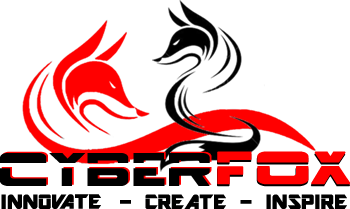GAMIFICATION
Gamification is the application of gaming-design elements and gaming principles in non-gaming contexts for the process of meeting required learning objectives. Simply put, by using games that identify with the content that one has learned, there are better information retention and consolidation of content. The games are designed around the target age group but not in all cases. The use of animation is said to appeal to all age groups as it would be pretty boring to keep watching a live presenter for extended periods of time unless he is the world’s greatest comedian.
The value that gamification brings in is summarized very effectively in the following statement as per Wikipedia:
“Gamification techniques are intended to leverage people’s natural desires for socializing, learning, mastery, competition, achievement, status, self-expression, altruism or closure. Gamification strategies use rewards for players who accomplish desired tasks or competition to engage players. Types of rewards include points, achievement badges or levels, the filling of a progress bar or providing the user with virtual currency. Making the rewards for accomplishing tasks visible to other players or providing leaderboards are ways of encouraging players to compete.”
WHAT IS THE VALUE OF GAMIFICATION?
- Gamification is an exceptionally captivating learning strategy and the correct gamified approach will enable Learning and Development teams to meet the learning outcomes more effectively with lesser effort as opposed to traditional methods.
- As Gamification for learning offers a more engaging, vivid and immersive learning experience, this would translate into higher rates of course completion. The gain would also be reflected in better recall or retention of subject matter.
- The adaptability of gamification for learning enables you to use it in different degrees of learning and diverse levels of understanding. You can use it not only for learning acquisition but also for practice for performance improvement, upskilling, or successful application of learning at school and work.
- Bringing in a change in thinking and behavior can be a serious challenge. Combined with principles of divided repetition, you can effectively use gamification to influence both aspects over time.
SOME EXAMPLES BELOW
ELEMENTS OF GAMIFICATION
- Challenges
Mapped to the learning objectives or learning goals of the course. - Levels
These reference the learning journey and as the learner goes through each level, it indicates an increase in accomplishment for them. - Instant feedback
This helps learners know how they are performing against their learning goals and based on this, they can adopt the necessary measures to increase their effort. - Scores
These are indicators of their performance and are closely aligned to offering rewards as well as a sense of achievement. - Badges
As the learners go through the learning path and clear certain levels, they are given badges. These reflect affirmations for their significant achievements. - Leaderboards
They are dashboards that are used to provide a pictorial view of the overall progress—including against others. The analytics keeps learners connected to the learning journey and aligned to meeting their terminal objectives. - Competition
This can be leveraged effectively as it helps learners assess where they stand against other peers or competing teams. - Collaboration
This feature not only facilitates team-building but also enables learners to leverage the support of peers or guidance from experts to meet their goals.
